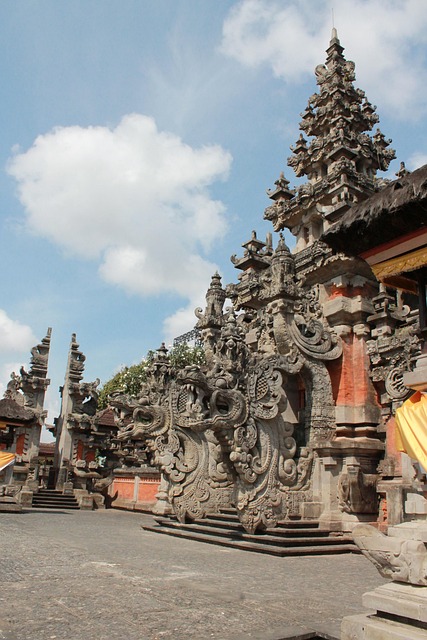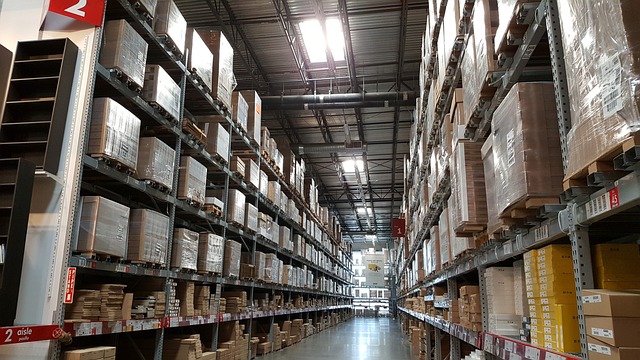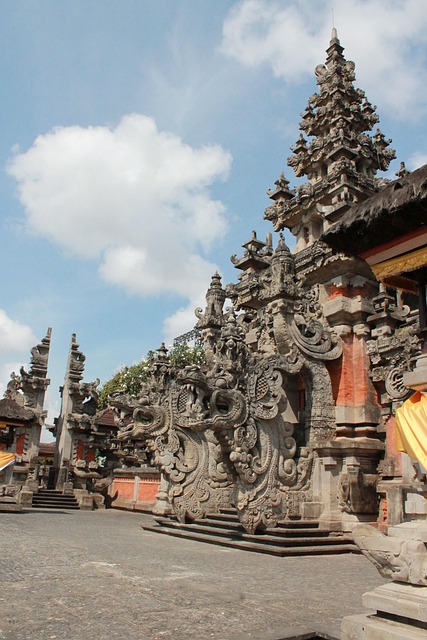Real estate development actively shapes urban culture, particularly nightlife diversity. By transforming spaces like industrial areas into cultural hubs and adapting to modern trends, developers drive entertainment innovation. This evolution revives city landscapes, attracting younger generations with creative venues blending technology and art. Urban planners can enhance this by integrating residential, commercial, and entertainment spaces, fostering multicultural engagement and a vibrant creative scene. Poor planning risks segregating populations, limiting cross-cultural interaction.
“Uncover the pulsating heart of modern cities—their dynamic cultural scenes and vibrant nightlife, shaped by the very real estate that stands as their backbone. This article explores how urban landscapes, through strategic real estate development, give birth to thriving cultural hubs. From the evolution of nightlife trends to the diverse impact on local scenes, we delve into the intricate relationship between property and the pulsating energy that defines our urban environments after dark.”
How Real Estate Shapes Urban Cultural Hubs
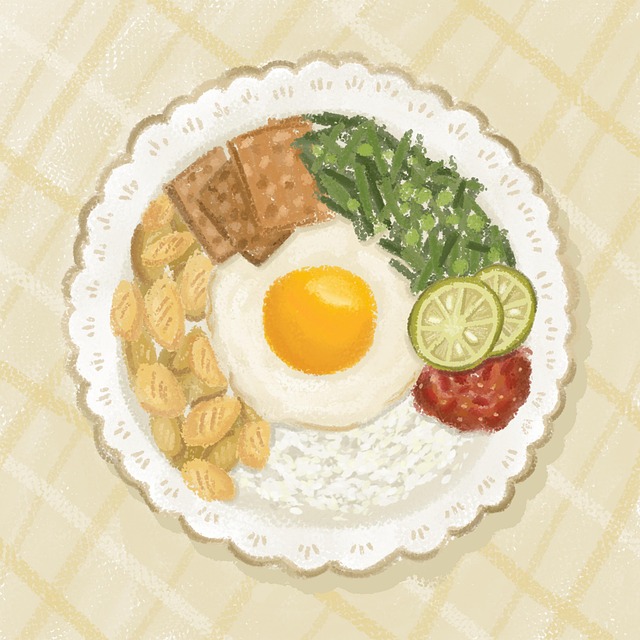
The landscape of urban culture is intricately woven with the threads of real estate development. Cities that thrive on dynamic cultural scenes often owe their vibrancy to thoughtful and strategic planning in property management. The locations where artistic expressions flourish, from art galleries to music venues, are not random; they emerge from a careful consideration of real estate potential.
Real estate developers play a pivotal role in cultivating urban cultural hubs by identifying spaces that can be transformed into cultural hotspots. Former industrial areas, for instance, might be converted into trendy art districts, attracting artists and businesses alike. The layout of these spaces, whether it’s the ambiance of a bustling street or the intimacy of a hidden courtyard, significantly influences the type of cultural activities they host. Moreover, real estate accessibility and affordability determine who can participate in and contribute to these cultural scenes, shaping the very diversity and inclusivity of urban art and nightlife.
Nightlife's Evolution: Trends and Transformations

The nightlife landscape has undergone a remarkable evolution, reflecting broader societal changes and driven by dynamic cultural trends. In recent years, cities have become hotspots for innovation in entertainment and leisure, with real estate playing a pivotal role in shaping this vibrant scene. The transformation from traditional bars and clubs to multifaceted venues that cater to diverse tastes is evident. Urban areas are now dotted with creative spaces, pop-up events, and immersive experiences that attract a new generation of revelers.
This shift is partly fueled by the millennial and Gen Z populations who seek unique and interactive activities. Real Estate developers have caught on to this trend, converting warehouses into trendy nightspots or transforming historic buildings into cultural hubs. The integration of technology further enhances these nighttime adventures, with virtual reality experiences, interactive art installations, and digital music performances becoming commonplace. This evolution not only revives urban areas but also offers locals and visitors alike a chance to engage in memorable, dynamic cultural outings.
The Impact of Diverse Real Estate on Vibrant Nightscenes
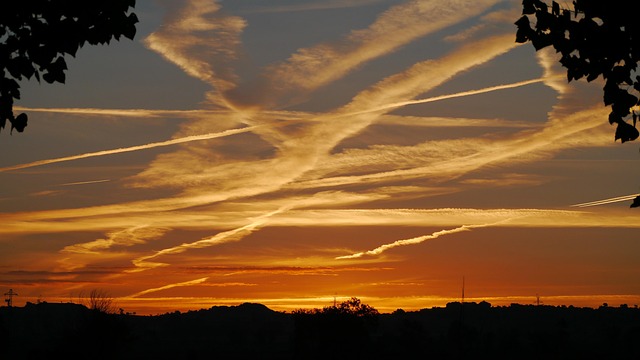
The diversity and vibrancy of a city’s real estate landscape often directly correlate with the energy and variety of its nightlife. When different types of neighborhoods coexist, each brings its unique character, attracting a diverse crowd. For instance, historic districts with charming architecture might draw in locals seeking a romantic evening, while modern high-rise areas could offer rooftop bars catering to young professionals. This mix allows for a richer cultural exchange, as people from various backgrounds and age groups come together under the city lights.
Real estate development plays a pivotal role in fostering this dynamic scene. Urban planners and developers who embrace mixed-use projects can create hubs that blend residential, commercial, and entertainment spaces. Such integrated communities encourage residents to engage with local nightlife, fostering a sense of community and belonging. Conversely, poorly planned areas might lead to segregation, limiting the interaction between diverse populations and potentially stifling the creative energy that thrives in multicultural environments.

